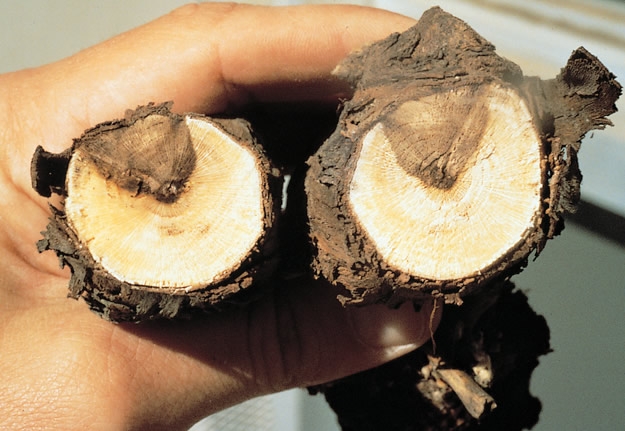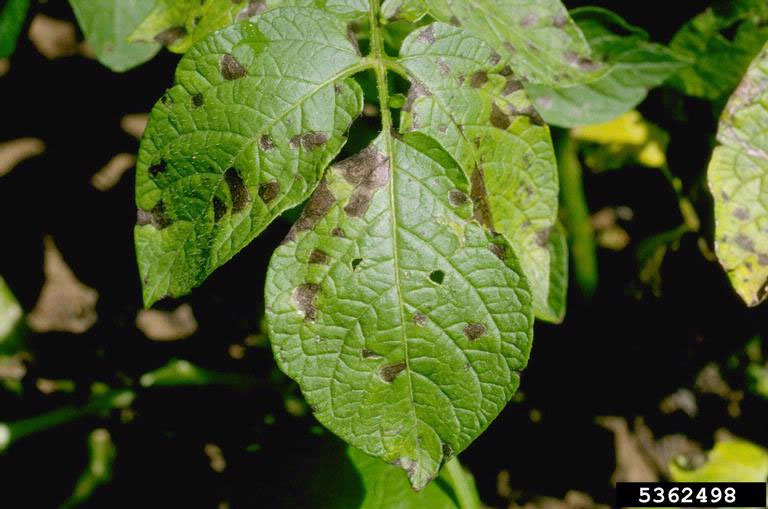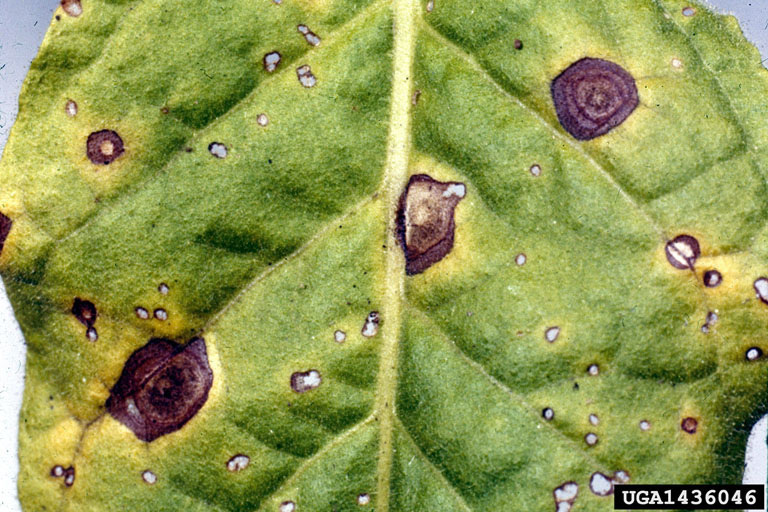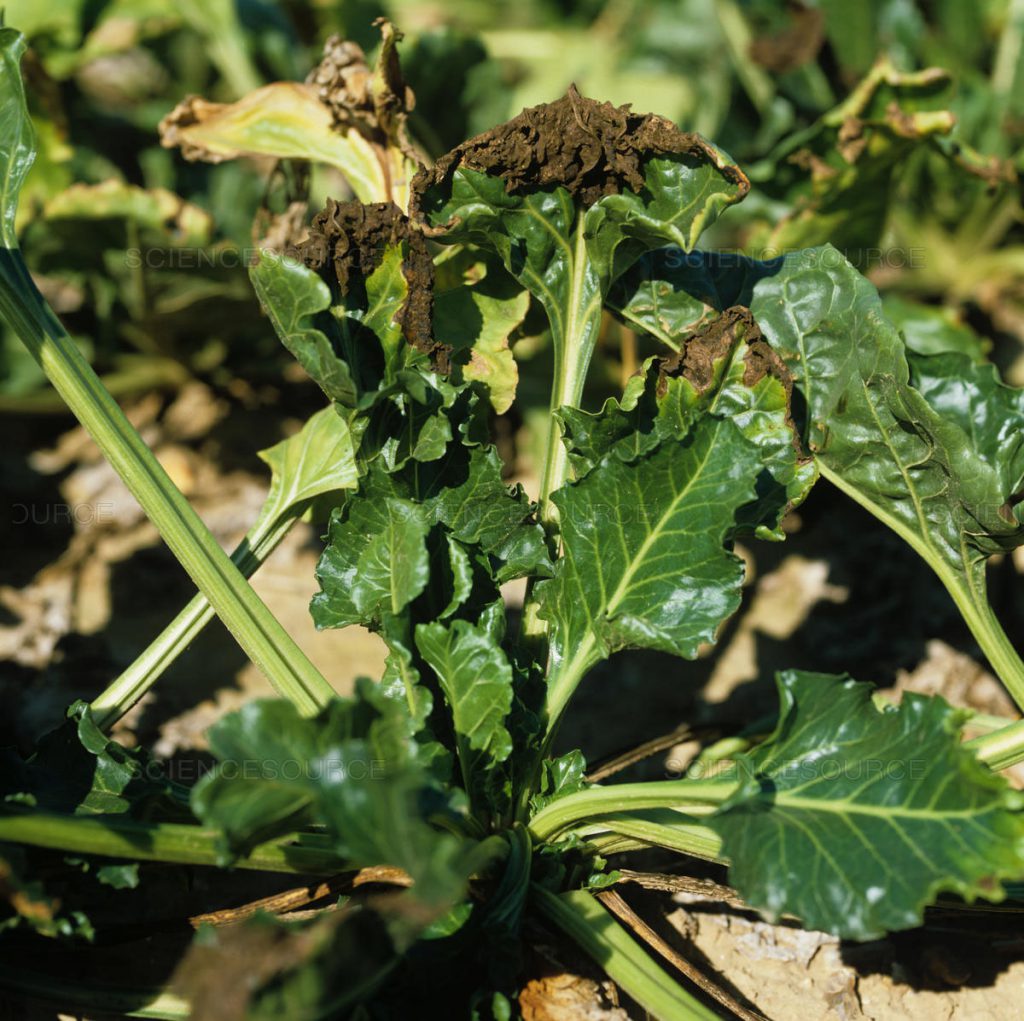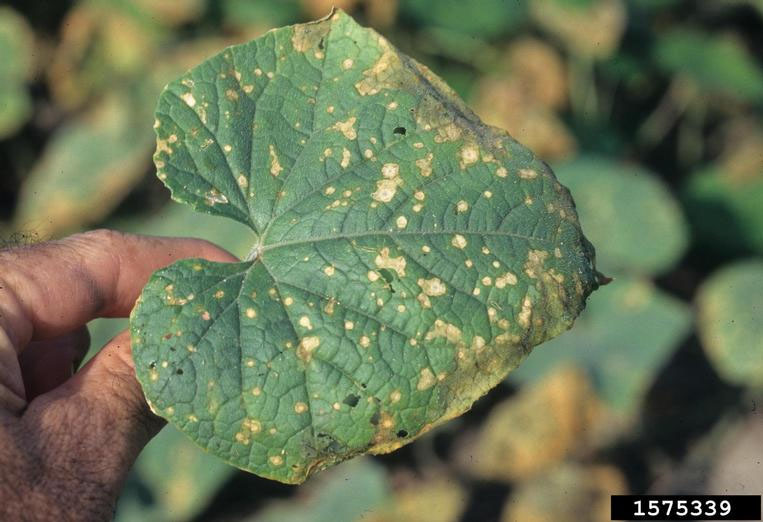The disease of Eutypa dieback (Gummosis) is very widespread in Greece and causes very serious damage to stone fruits, especially to apricot (die back, gummosis), vine (dying arm), citrus (especially lemon) and pistachio tree.
Scientific name: Eutypa lata (Eutypa armeniacae), Diatrypaceae, Cytosporina lata (Libertella blepharis)
Other name: Die back, Gummosis, Dying arm
Greek name: Νέκρωση Βραχιόνων
Symptoms
The symptoms of arm necrosis in stone fruit, citrus and pistachio trees are common. The characteristic symptom of the infestation is the presence of swollen ulcers with elongated cracks on the branches or trunk of the tree. The infection starts in pruning cuts from which gum usually emerges in abundance. A characteristic brown discoloration of the wood is observed in a section of the affected part in the area of the ulcers. Eventually, the affected branches and limbs dry out, usually in summer. In apricot trees, where the disease is most frequently found, the most susceptible variety is the Tyrinthas, while the less susceptible variety is Bebekou.
In the vine, infection from eutypa dieback starts in the pruning cuts, where the fungus enters. The affected tissues die and a brown discoloration of the wood is observed in the cut, but it remains as hard as healthy wood. Weak and deformed vegetation (dwarf shoots, short stems, deformed and chlorotic leaves) results from the affected arms. When the disease is still in an early stage, new healthy vegetation without grapes, can cover the weak vegetation and with it the appear first signs of the disease. Eutypa dieback disease grows slowly and has the end result of drying out the stumps. Stumps over 10 years old are usually affected. The susceptibility of pruning cuts depends on the season in which it is carried out. When done in the dormancy period (winter) the cuts remain susceptible for a longer period of time. On the other hand, if it is done when the “swelling of the eyes” begins, the incisions are practically resistant because of the “tearing” (sap exudation), which prevents infection by the fungal spores. Pruning cuts, made at the end of winter, remain susceptible for a few weeks. Among the most susceptible Greek varieties are Savatiano, Sultana, Cardinal, Razaki, Xinomavro, Assyrtiko.
Cause – Growth conditions
The eutypa dieback disease is caused by the ascomycete Eutypa lata with an asexual form Cytospporina lata, which plays no role in the disease cycle. The development of the reproductive organs of the fungus (carpophores, spores) is slow. After entering the plant, the fungus first establishes itself in the wood, later in the cambium and bark, where it grows, killing the tissues and gradually causing ulceration and necrosis of the arms. After 5 years of infection, in the dried trees or in the dead affected tissues, its fruit foci (perithecia) are formed, from which the ascospores will be released and transported by air over long distances, causing new infections. Rain is a very important factor in the formation of the fungal carpophores and the release of the fungal spores. The average annual rainfall in an area should be at least 420 mm.
Treatment
To control the eutypa dieback disease, it is recommended to destroy affected branches, to avoid making large cuts when pruning, to use disinfected tools and to disinfect pruning cuts by appropriate means. In the case of sensitive varieties, it is also advisable to prune as late as possible.
Source
Gummosis
Eutypa Dieback and Bot Canker
Eutypa lata
Tags: PLANT DISEASE

